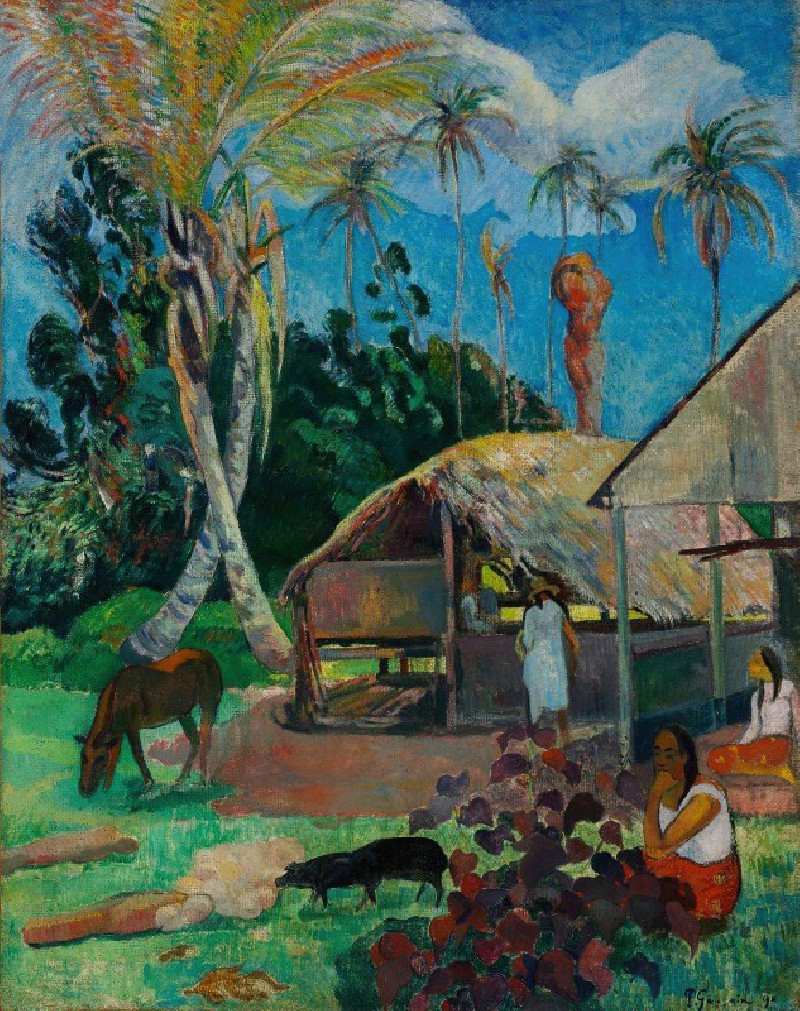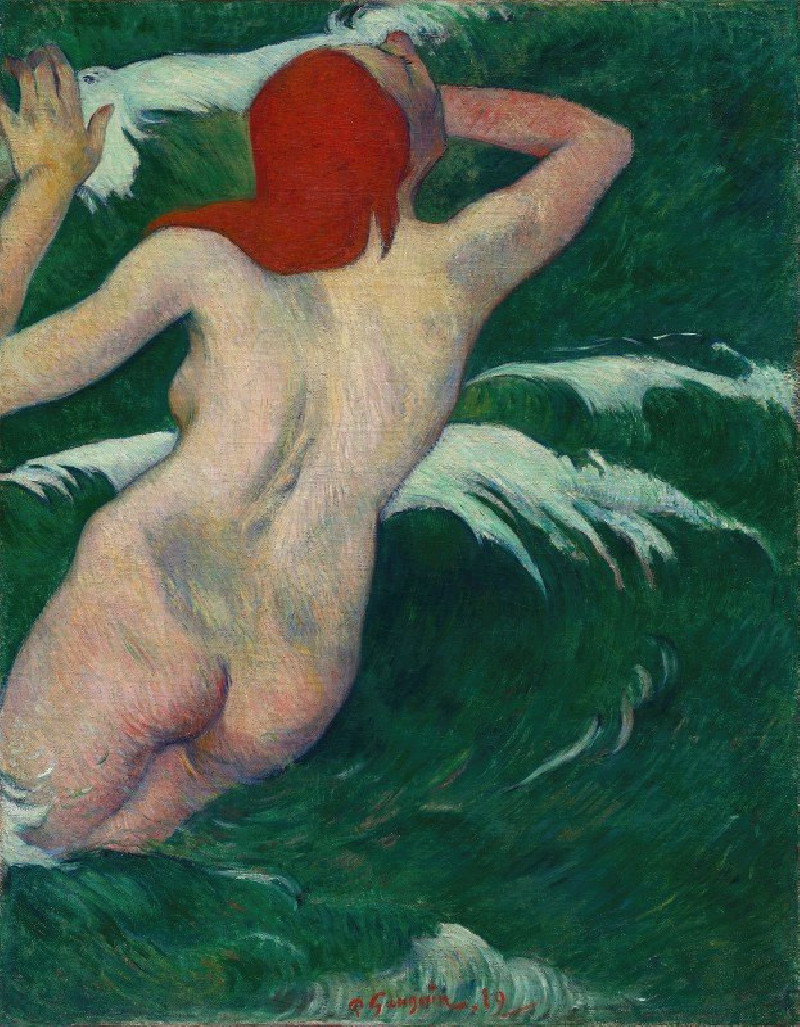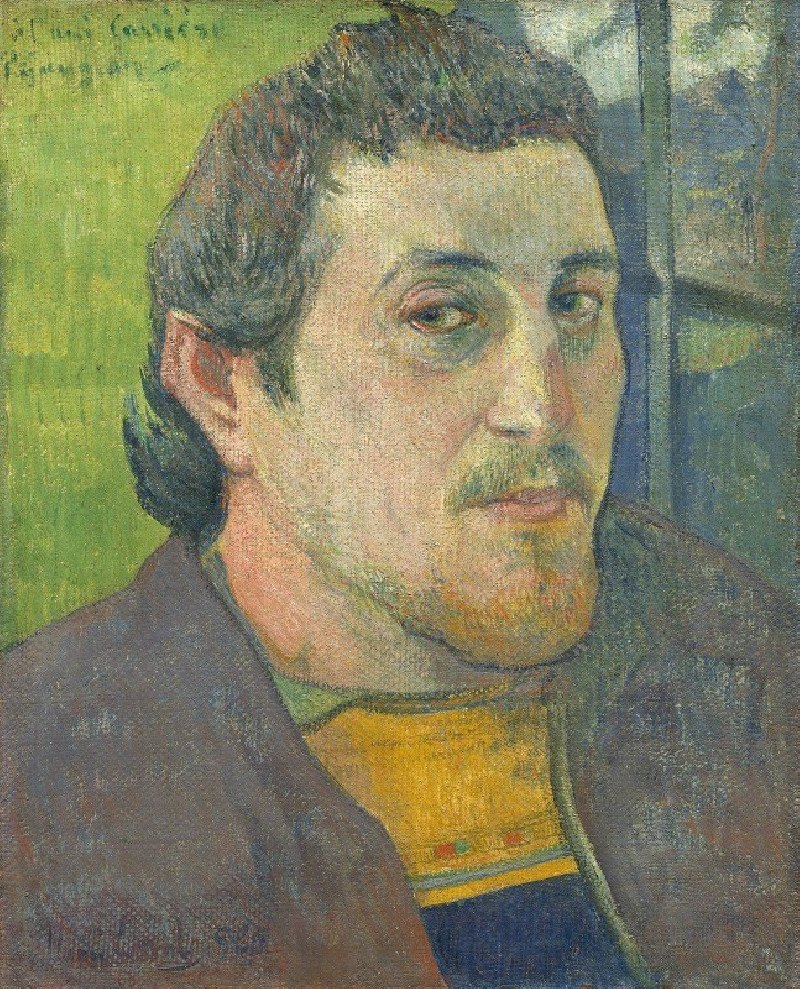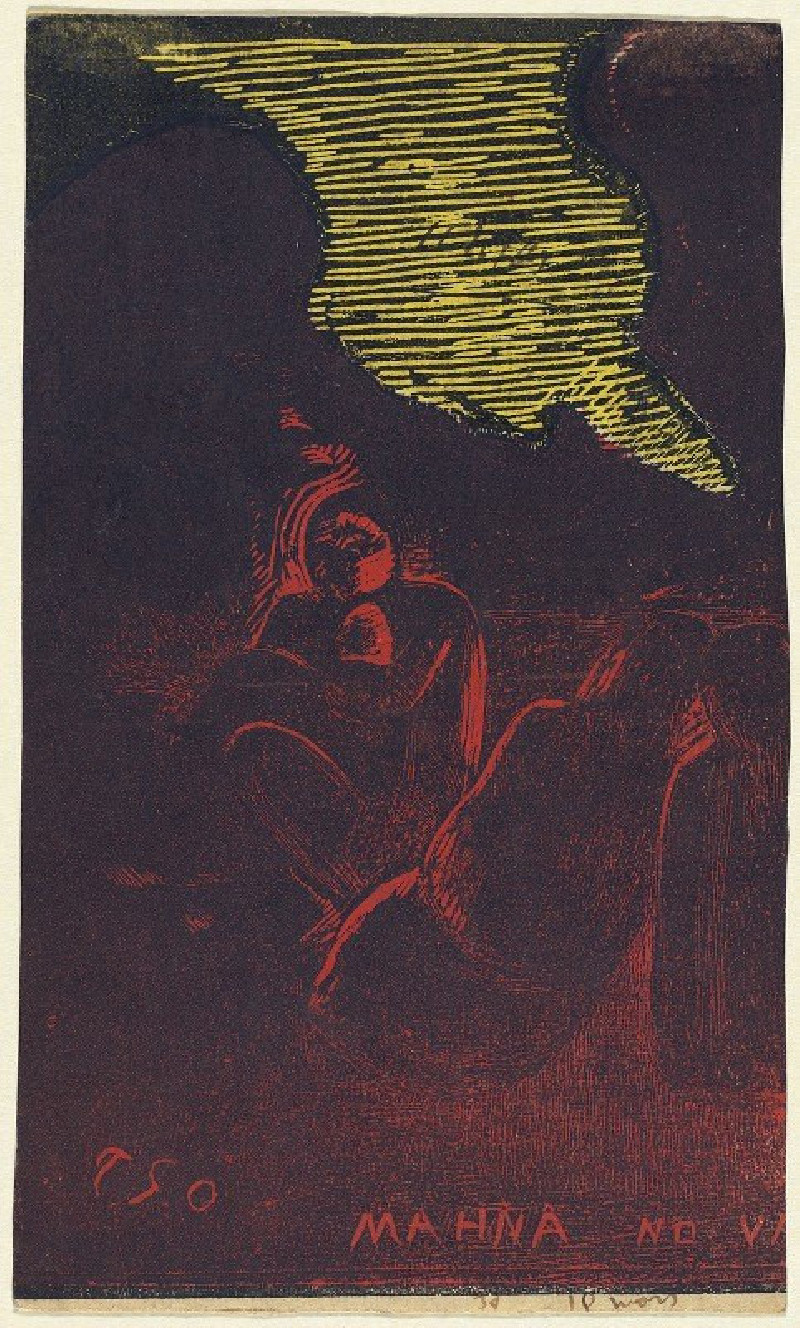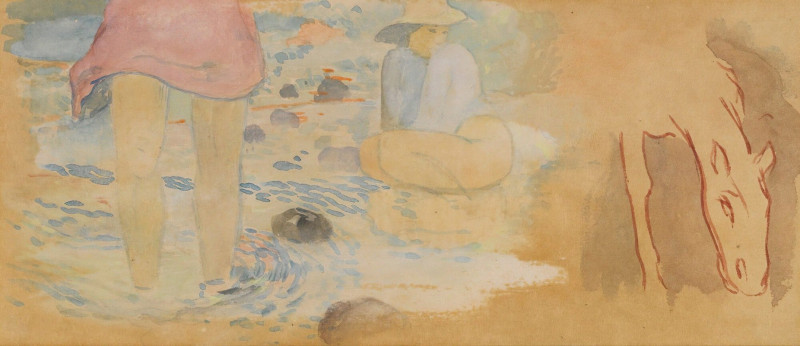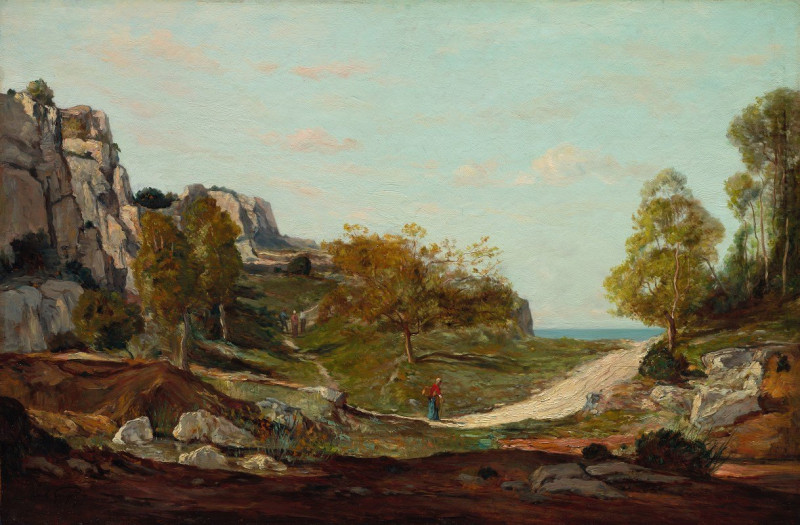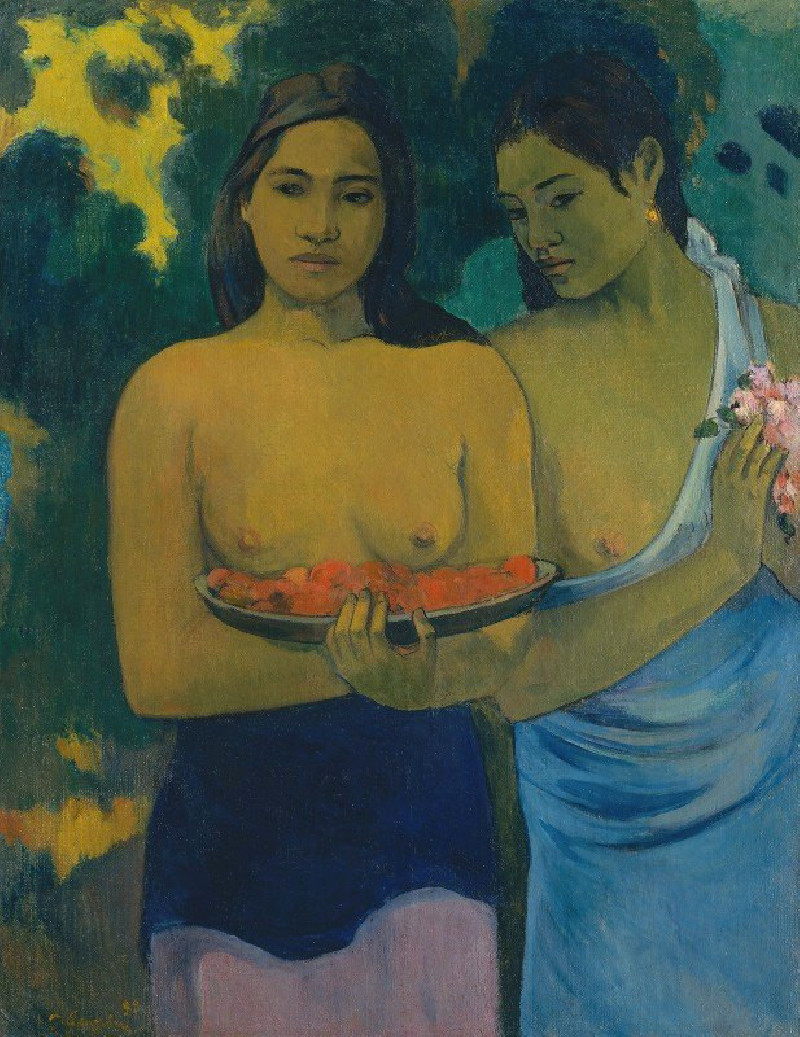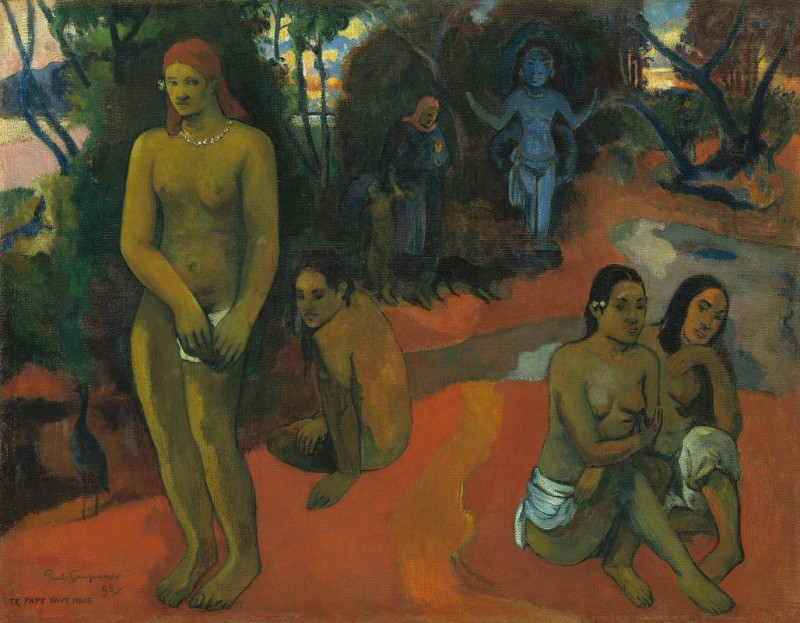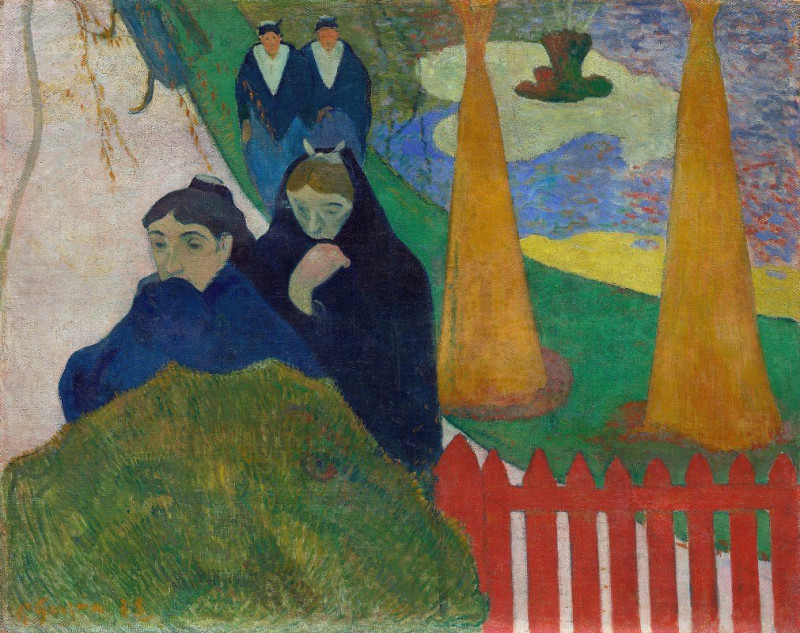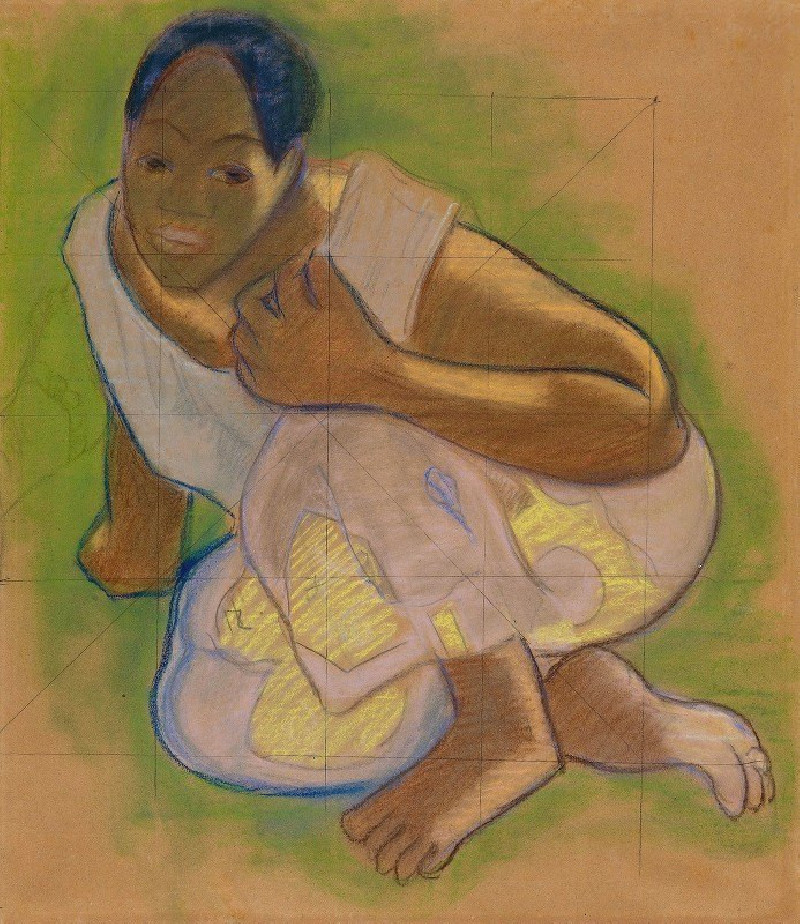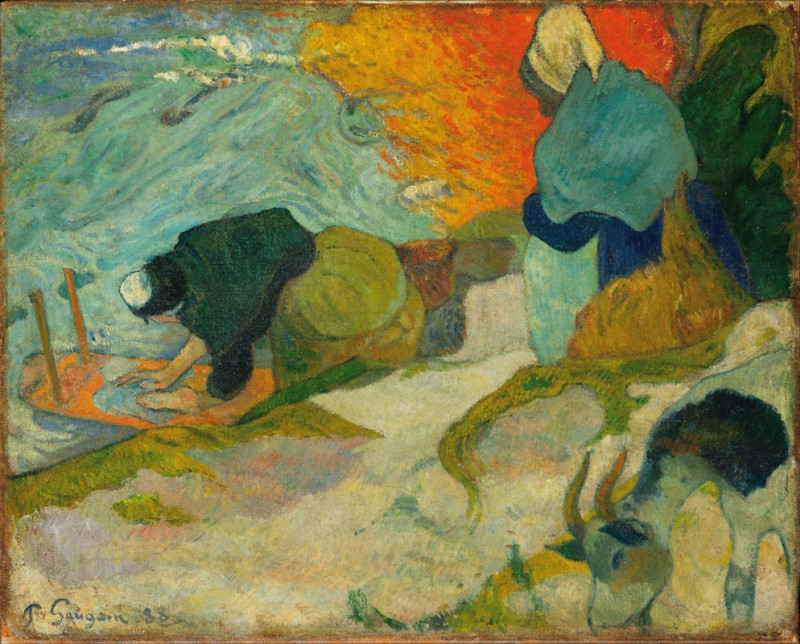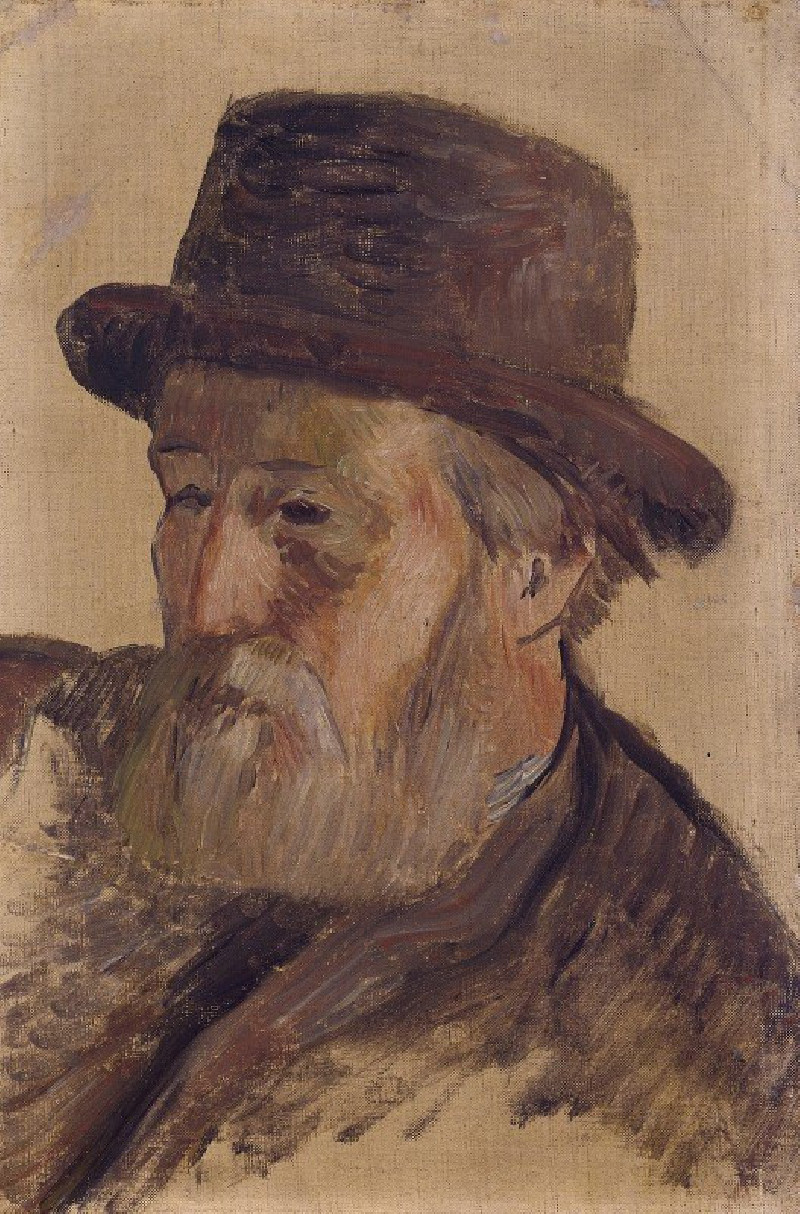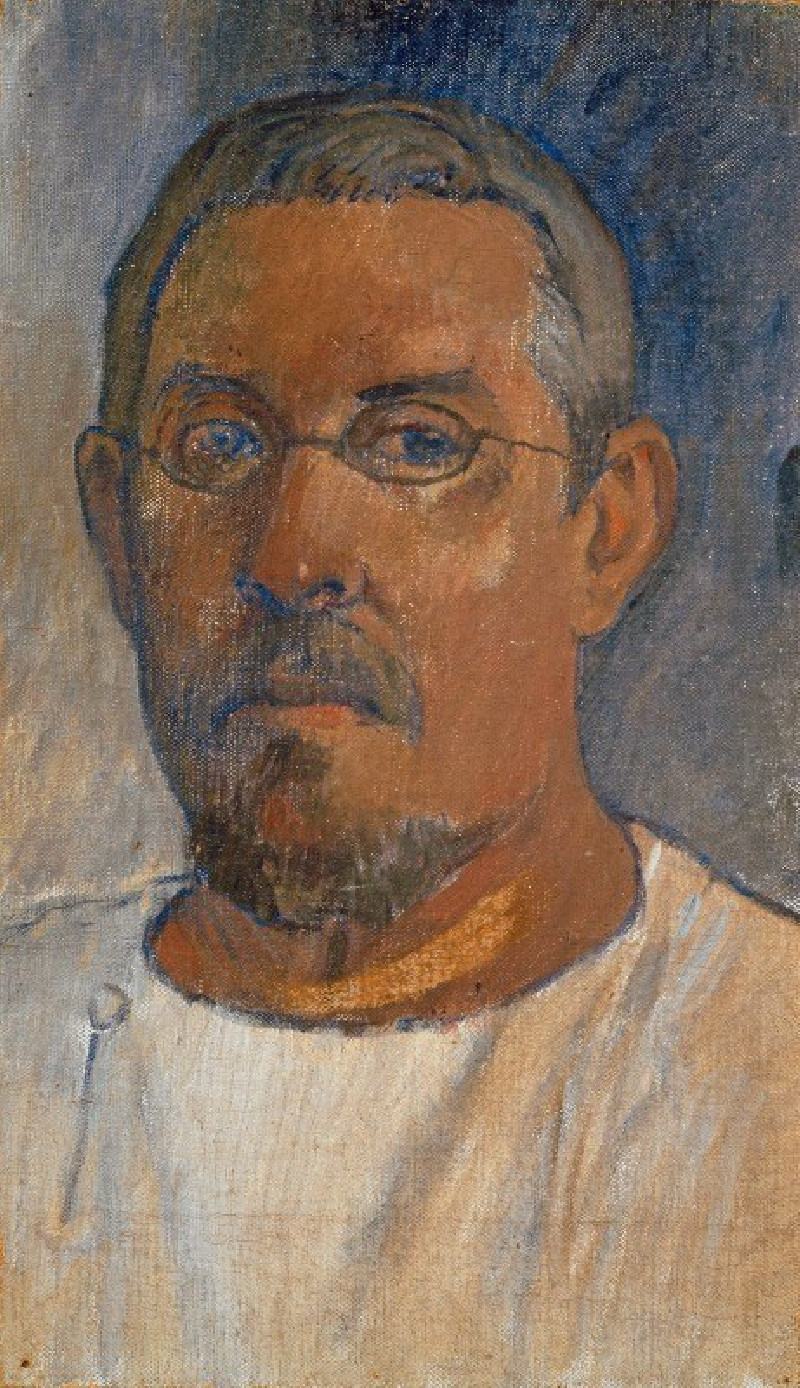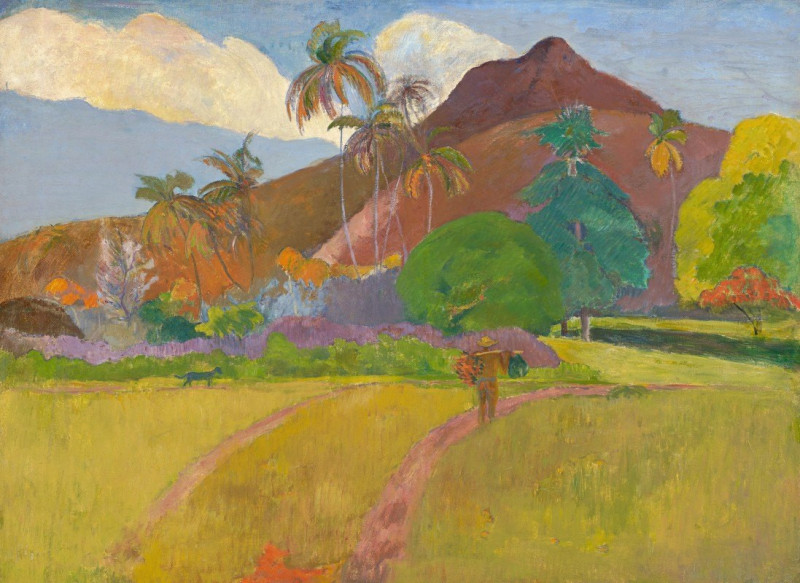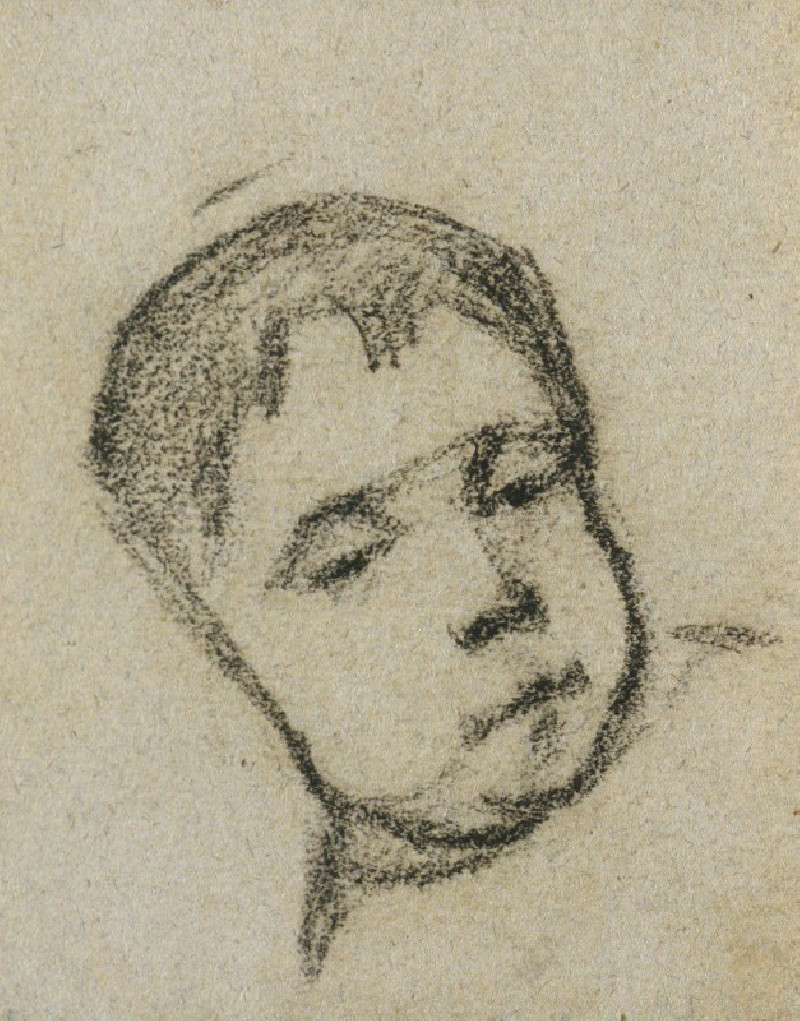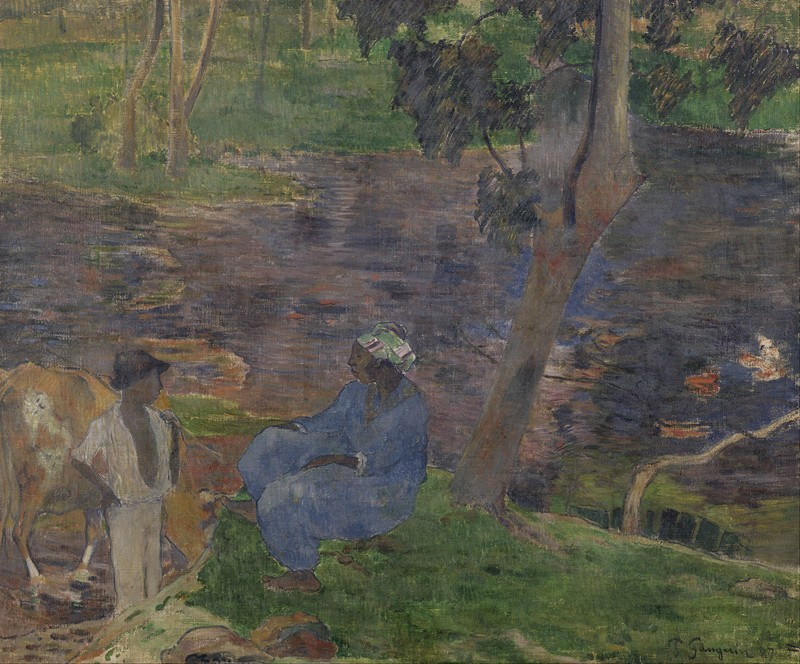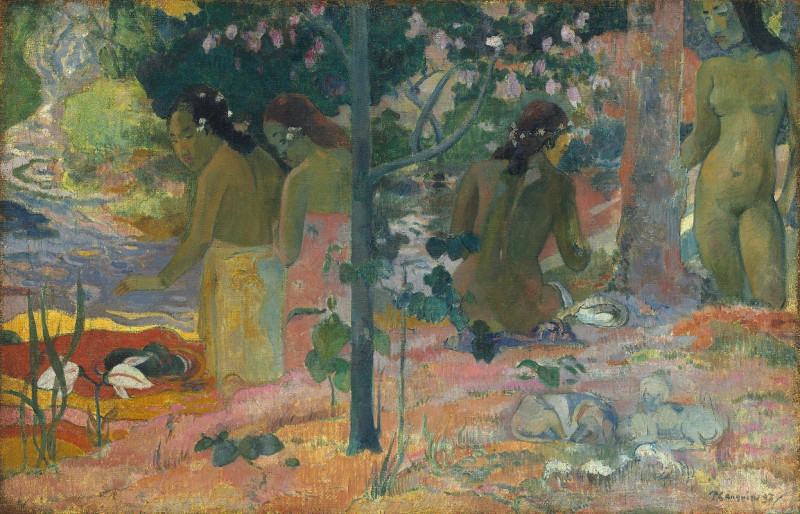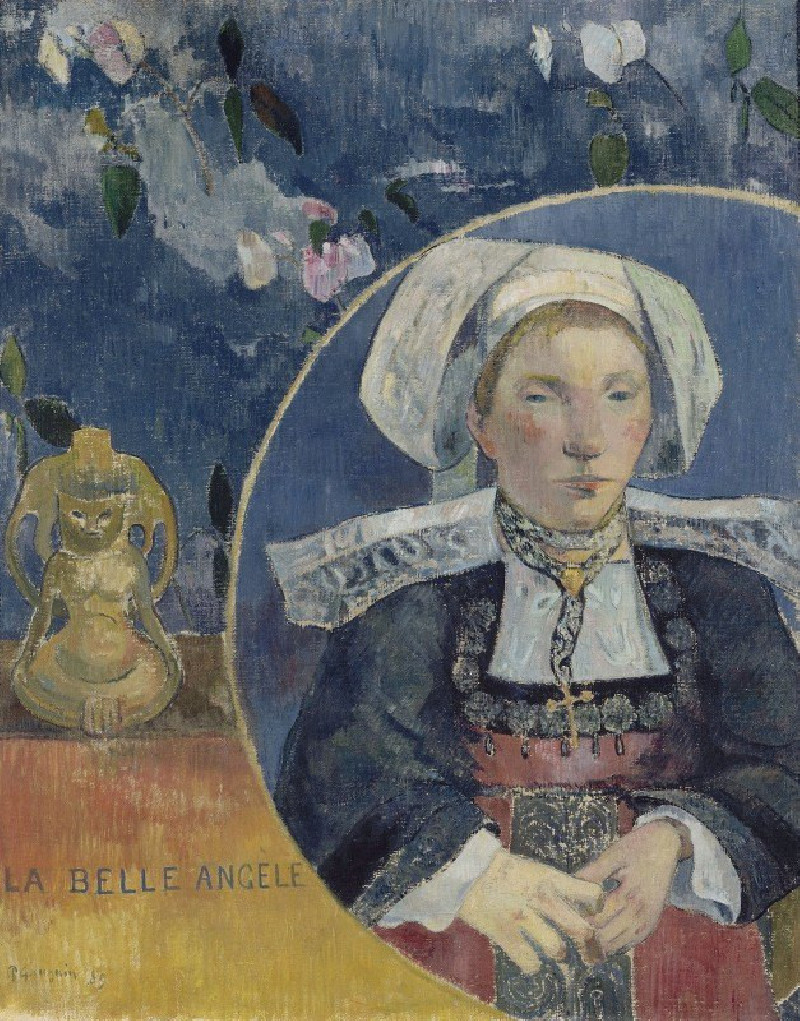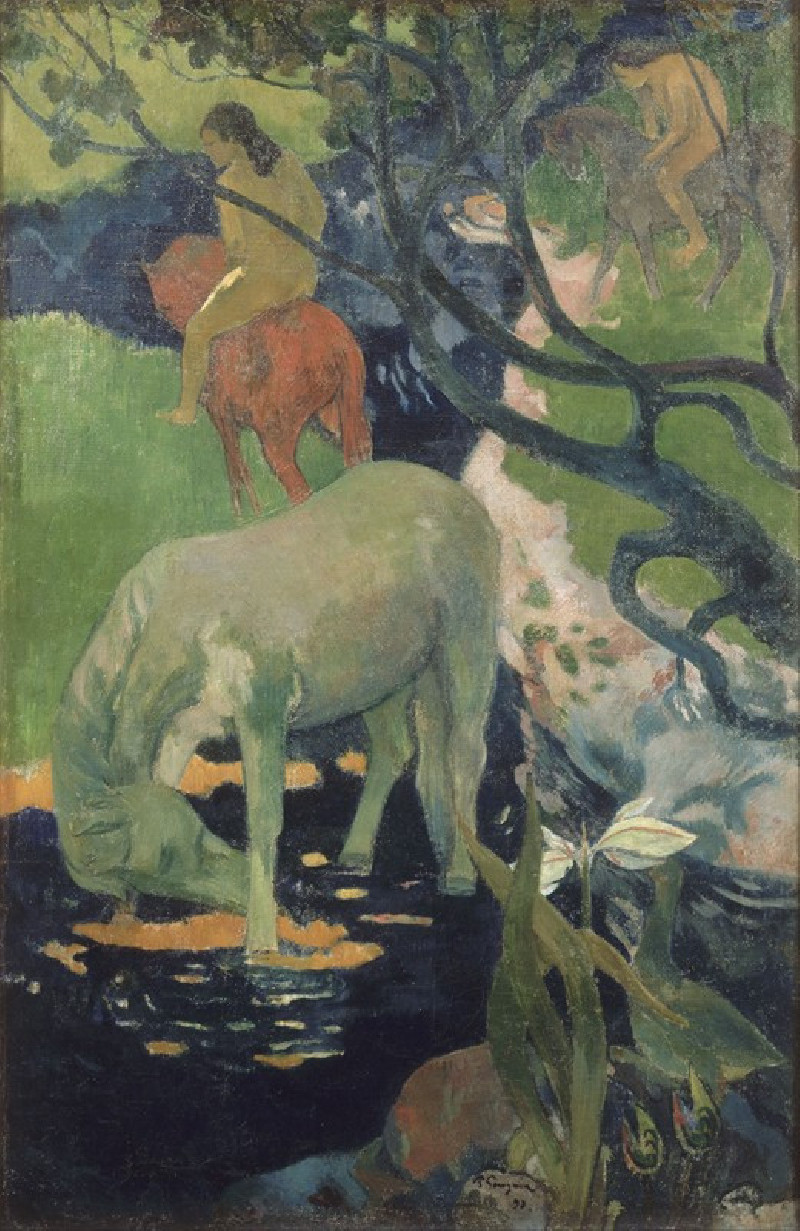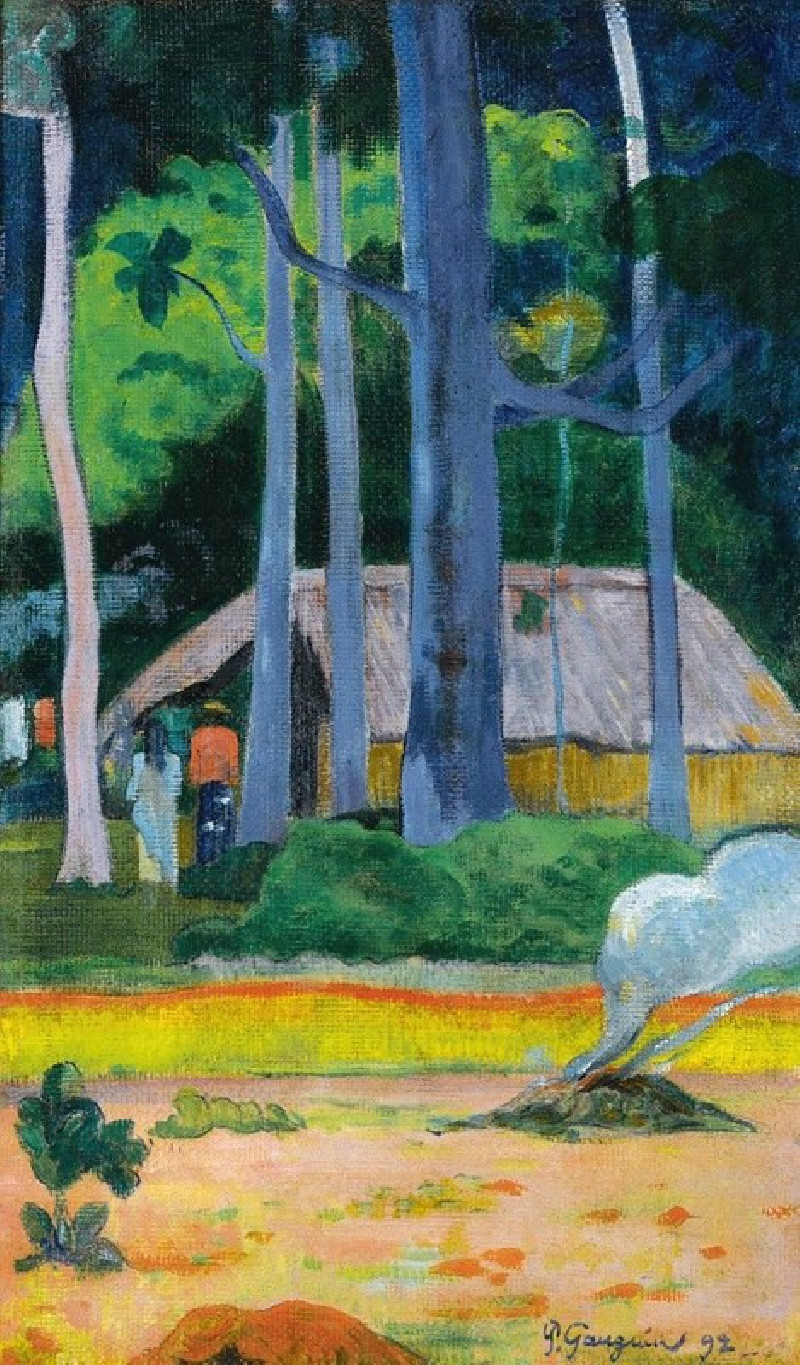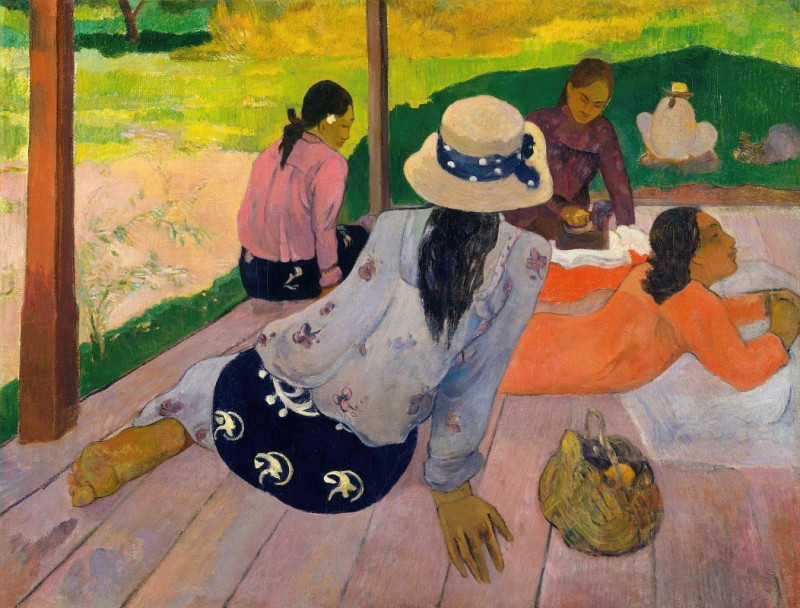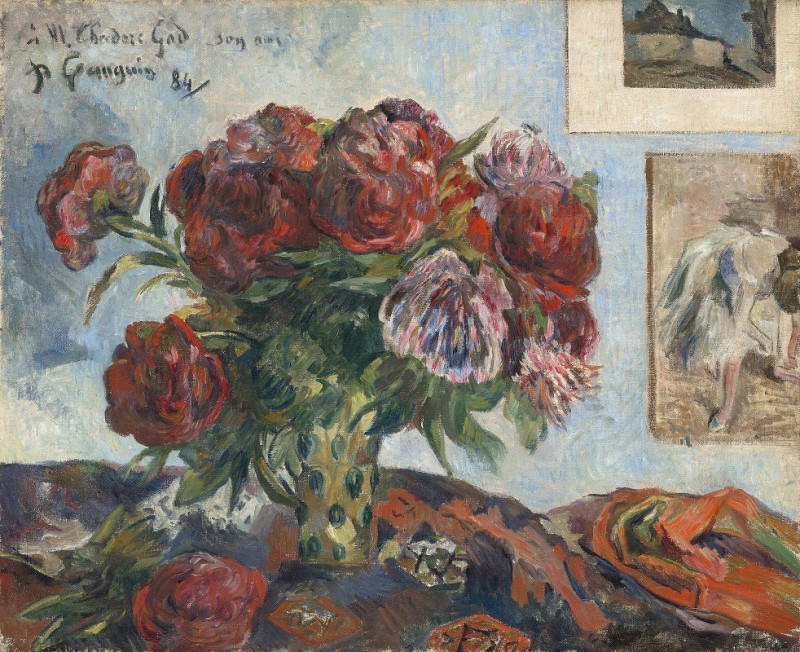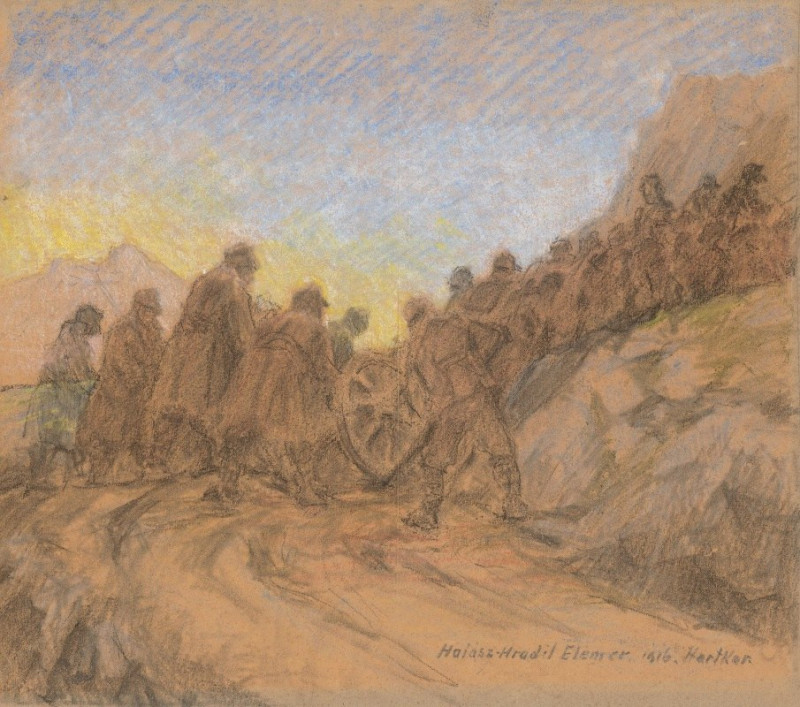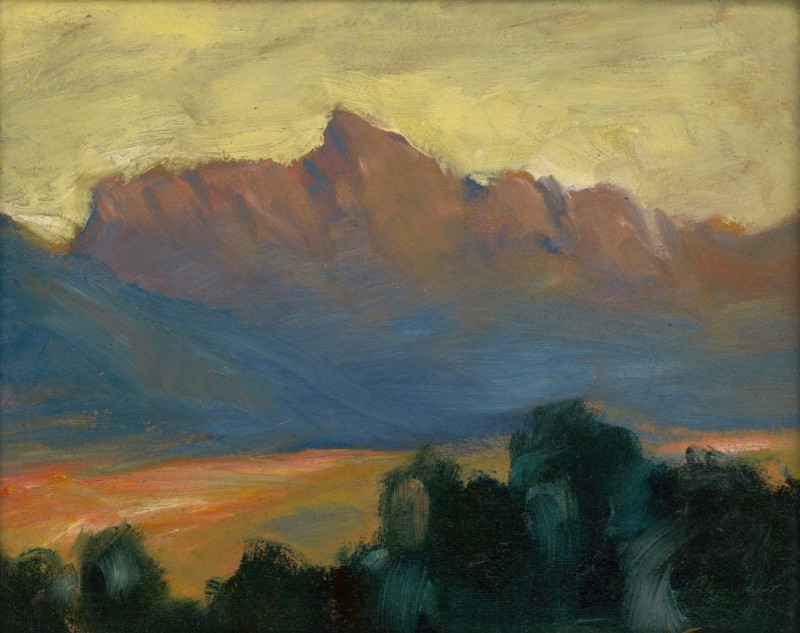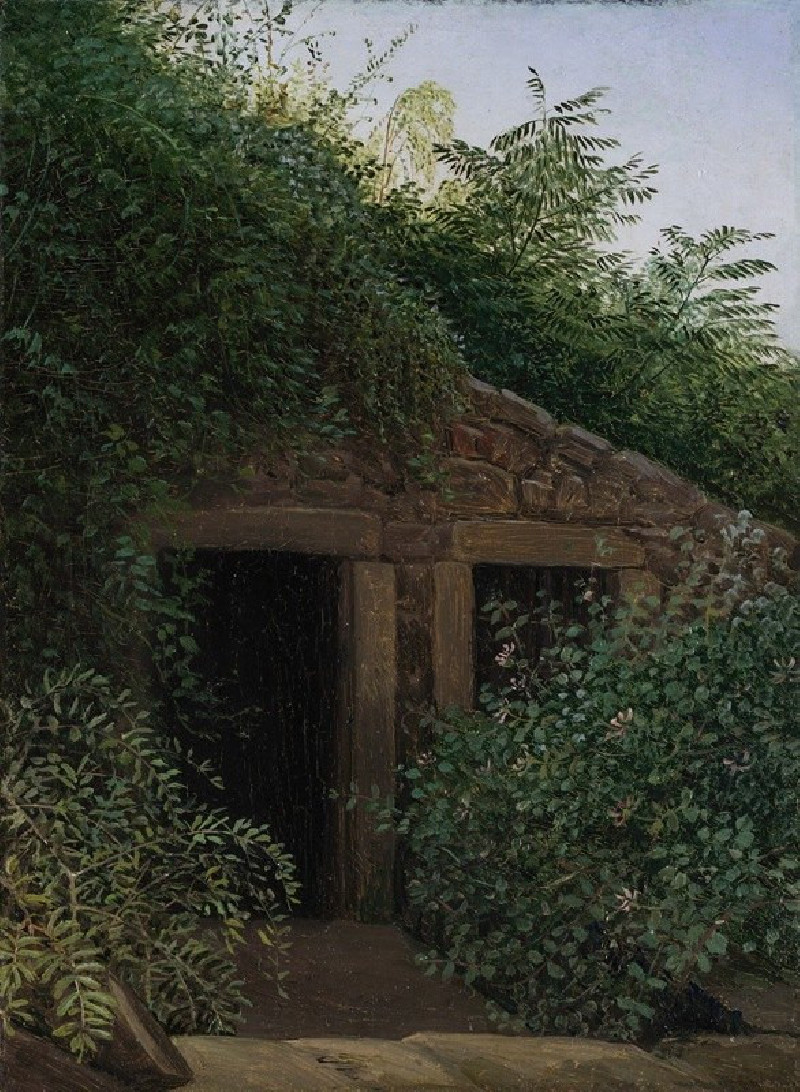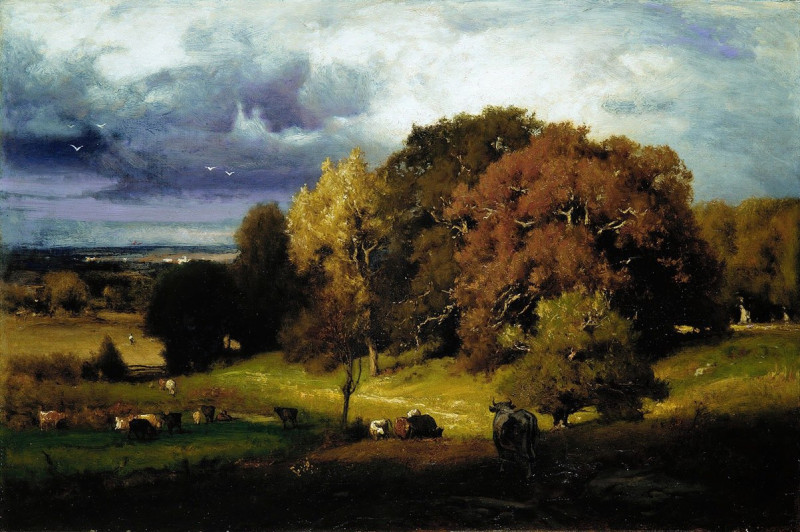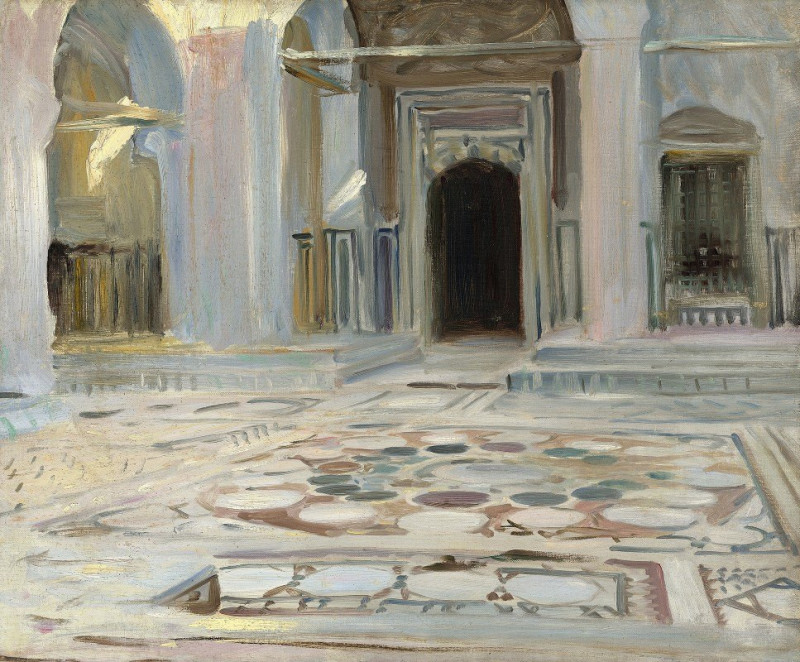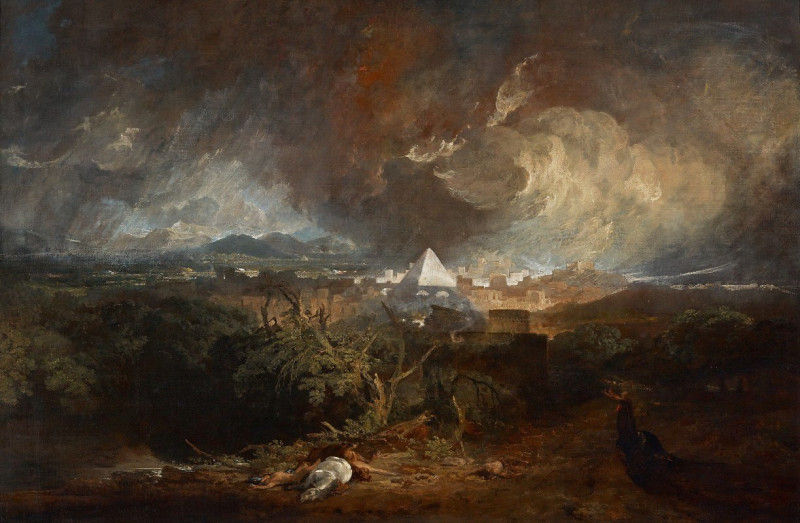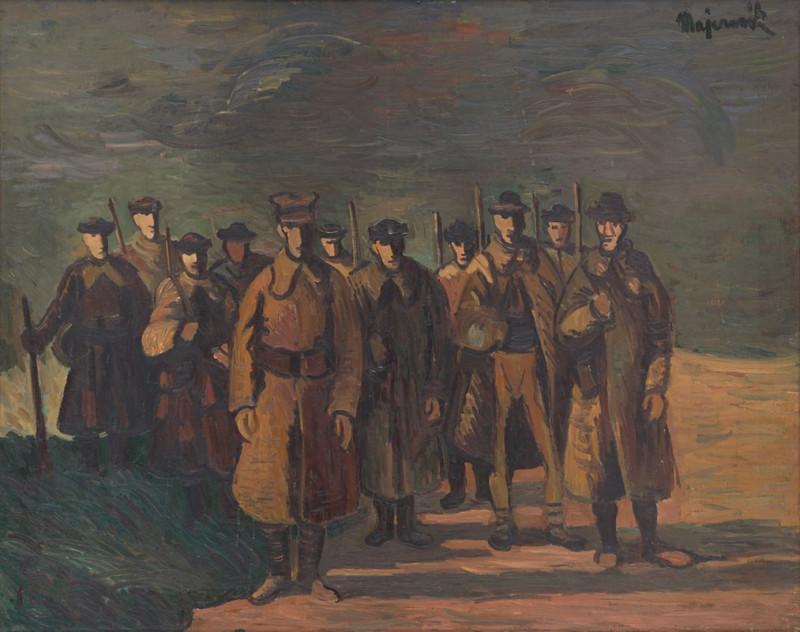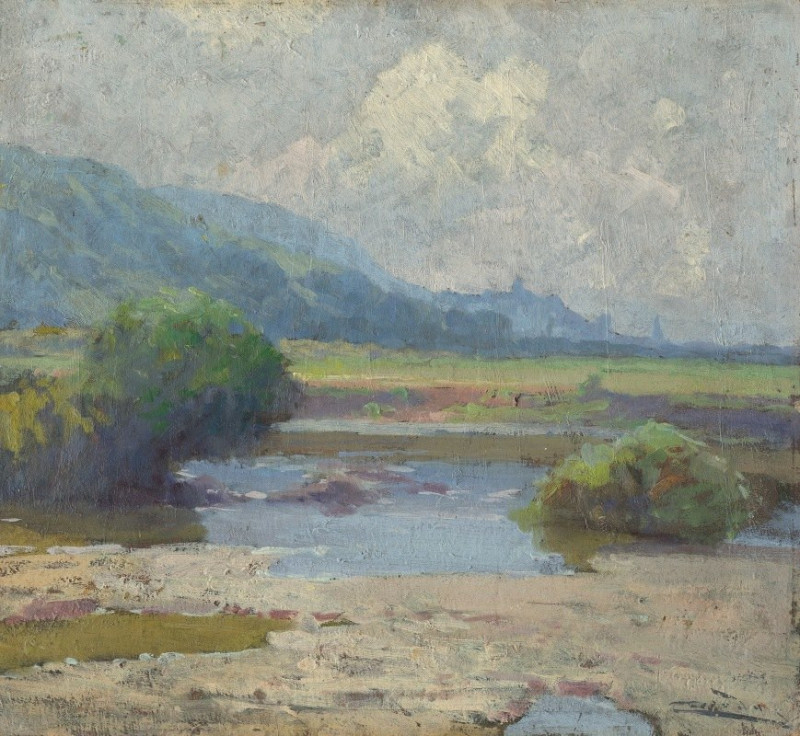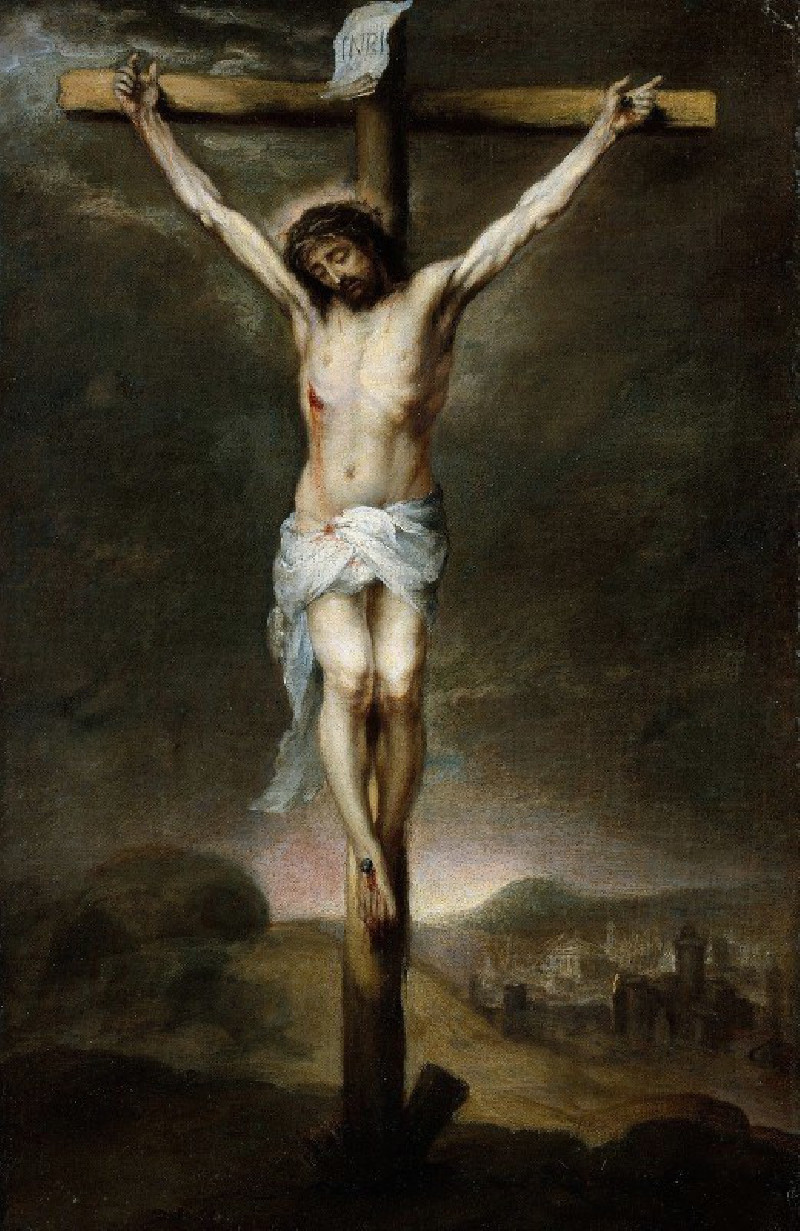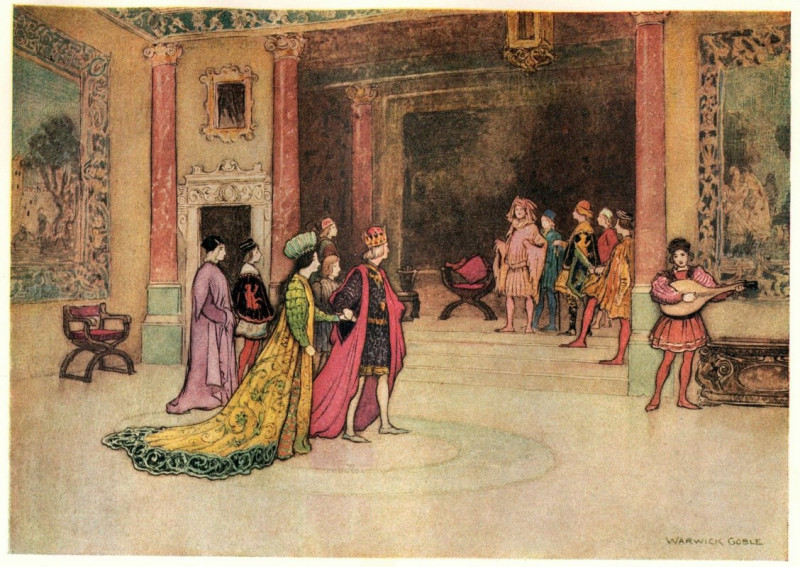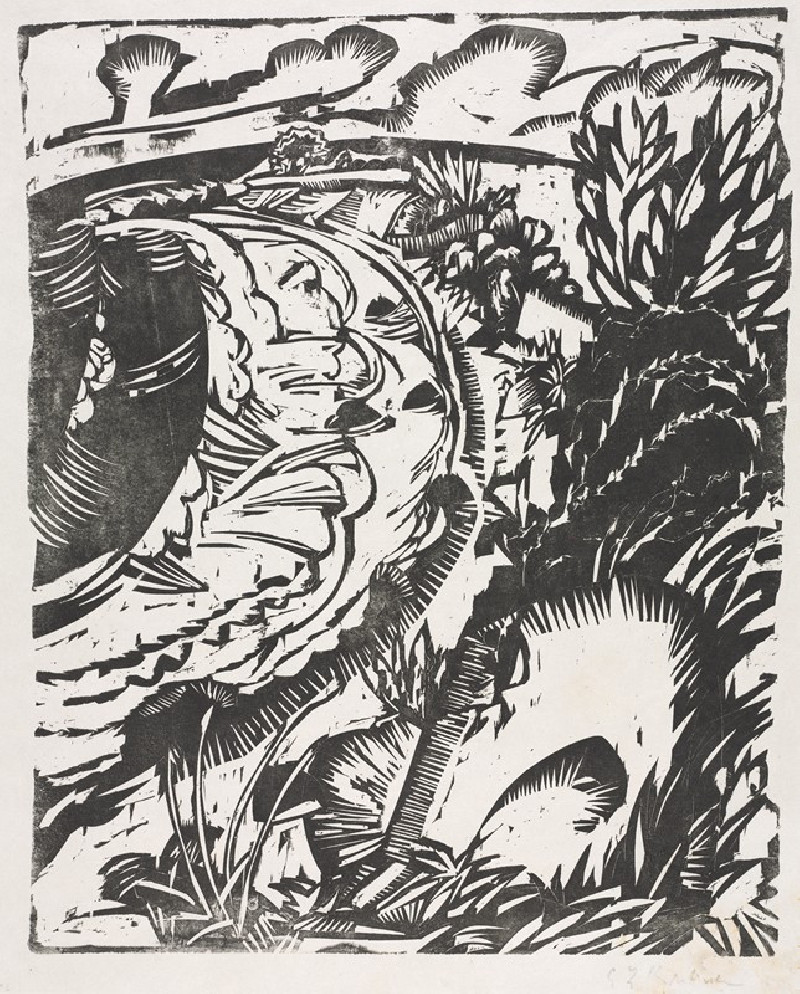Tahitien assis
Technique: Giclée quality print
Recommended by our customers
More about this artwork
Artist: Paul GauguinPainted by the French Post-Impressionist artist Paul Gauguin, "Tahitien assis" is a captivating watercolor that reflects the tranquil and reflective mood of the Tahitian people, whom Gauguin was deeply influenced by during his time in Tahiti. This artwork presents a seated Tahitian figure, enveloped in a soft and dreamy landscape that exemplifies Gauguin’s adept use of muted colors and fluid lines.The figure, presumably a male, is portrayed in a contemplative pose, gazing thoughtfully into the distance. His posture and expression evoke a sense of deep introspection or peaceful solitude. The background is lightly sketched with gentle strokes of green and blue, suggesting the lush, serene environment of Tahiti. This minimal yet expressive technique allows Gauguin to focus on the emotional state and cultural essence of the subject, rather than detailed physical surroundings."Tahitien assis" captures not only the beauty of Tahiti’s landscape but also conveys a spiritual and emotional panorama that Gauguin was uniquely able to translate onto canvas.
Delivery
Returns
Eugène Henri Paul Gauguin was a French Post-Impressionist artist. Unappreciated until after his death, Gauguin is now recognized for his experimental use of color and Synthetist style that were distinct from Impressionism. Toward the end of his life, he spent ten years in French Polynesia. The paintings from this time depict people or landscapes from that region.


